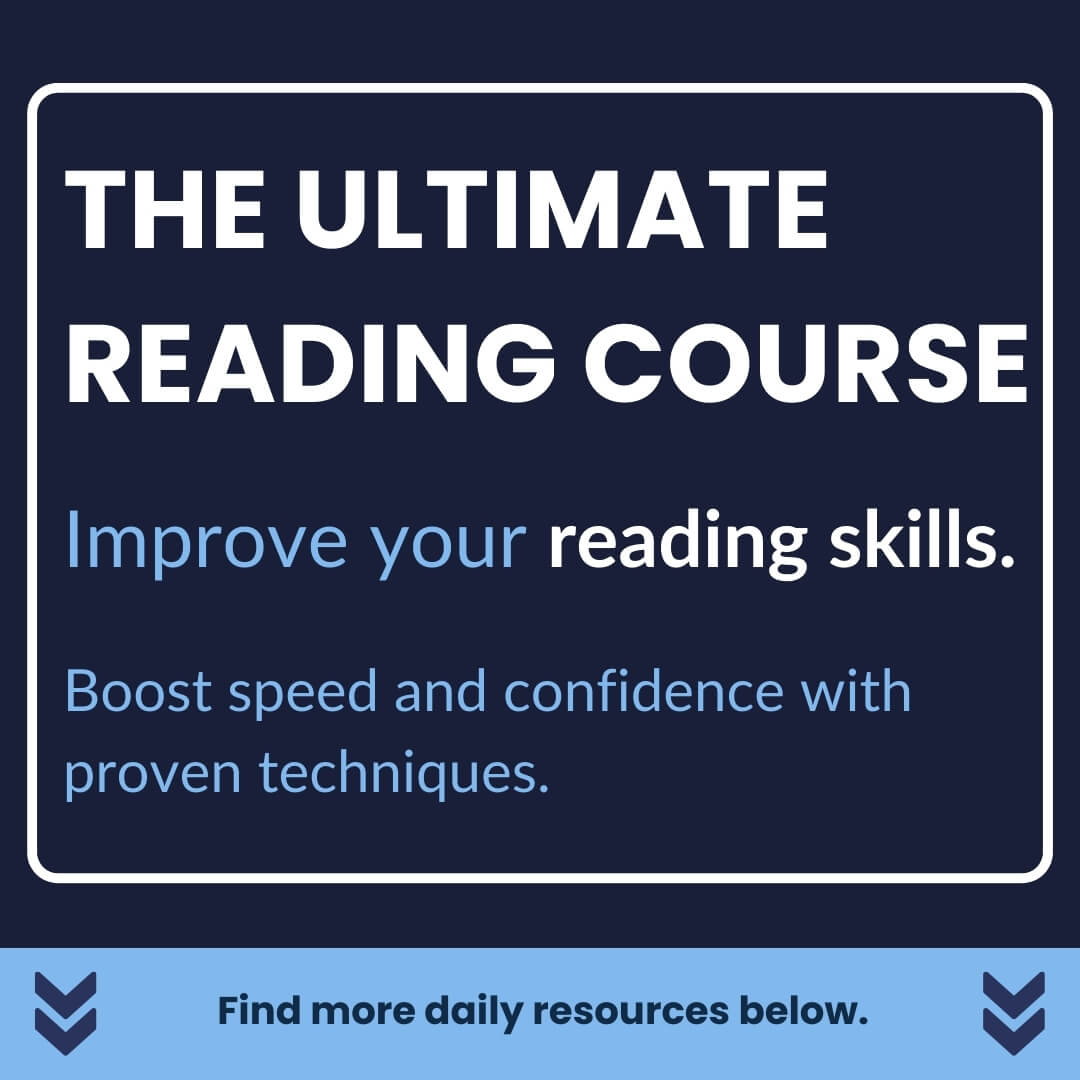Introduction
Welcome to the RC Rapidfire series by WordPandit! I’m Prashant, the founder of WordPandit and your guide for the Verbal Ability and Reading Comprehension (VARC) section. In this series, we’re exploring key concepts in reading comprehension to enhance your CAT preparation.
A question I often receive from students is: Does reading speed matter for CAT RCs? The answer isn’t straightforward, so let’s dive deeper into this topic.
The Reading Speed Dilemma
At first glance, it seems logical that if you can read faster, you’ll have more time to spend on answering questions. This assumption is appealing, but focusing too much on reading speed can be misleading and even counterproductive. Here’s why:
Many students mistakenly prioritize reading speed and aim to push their reading pace to levels that might harm their comprehension. While reading faster might allow you to finish passages more quickly, it doesn’t necessarily mean you’ll understand the material better.
The Real Relationship Between Comprehension and Reading Speed
The key takeaway here is simple: Comprehension drives reading speed, not the other way around. If you work on understanding the material better, your reading speed will naturally increase as a byproduct.
Reading speed should be viewed as a measure of your comprehension skills rather than as a primary goal. Those who comprehend well tend to read faster because they can process information more fluently. On the other hand, forcing yourself to read faster without a focus on comprehension will likely lead to misunderstandings, especially with the more complex RC passages typical of the CAT exam.
How to Measure Your Reading Speed Progress
To track your reading progress effectively, follow these steps:
- Choose Similar Content: Stick to articles or passages from similar sources or authors. This ensures that the difficulty level remains consistent, making your speed comparisons meaningful.
- Track Every 3-4 Weeks: Instead of checking your reading speed daily, measure it periodically—every three to four weeks is ideal. This allows you to see natural progress without the pressure of daily monitoring.
- Avoid Subvocalization: Common habits like subvocalization, or “speaking” the words in your mind, can slow you down. Practice reading without this mental habit to increase your natural pace.
As your comprehension improves, you’ll notice that your reading speed follows suit. There’s no need to force speed; let it evolve as a reflection of your understanding.
Focus on Comprehension First
Rather than aiming for a specific words-per-minute target, focus on enhancing your comprehension skills. Here’s how to approach it:
- Don’t prioritize speed: Avoid setting goals like increasing your speed from 150 WPM to 300 WPM. This can harm your understanding.
- Use speed as a tool: Reading speed should act as a tool to gauge how well you are grasping the content. If your comprehension improves, your speed will naturally improve over time.
By prioritizing comprehension, you’ll build a solid foundation that allows you to tackle even the most complex RC passages confidently. As a result, your reading speed will improve organically, and you’ll spend less time re-reading passages or struggling with tough questions.
Conclusion
Reading speed is relevant for CAT RCs, but not in the way many students think. Instead of directly targeting speed, focus on improving your comprehension first. As your understanding deepens, you will naturally become a faster reader. Use your reading speed as a tool to measure progress, not as a primary objective.
For more tips and in-depth training, check out our specialized VARC courses at learn.wordpandit.com. You can also arrange a personalized mentoring session with me to streamline your preparation.
Thanks for tuning in. This is Prashant, signing off. As always, happy learning!













